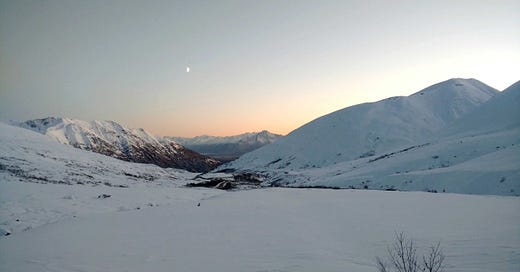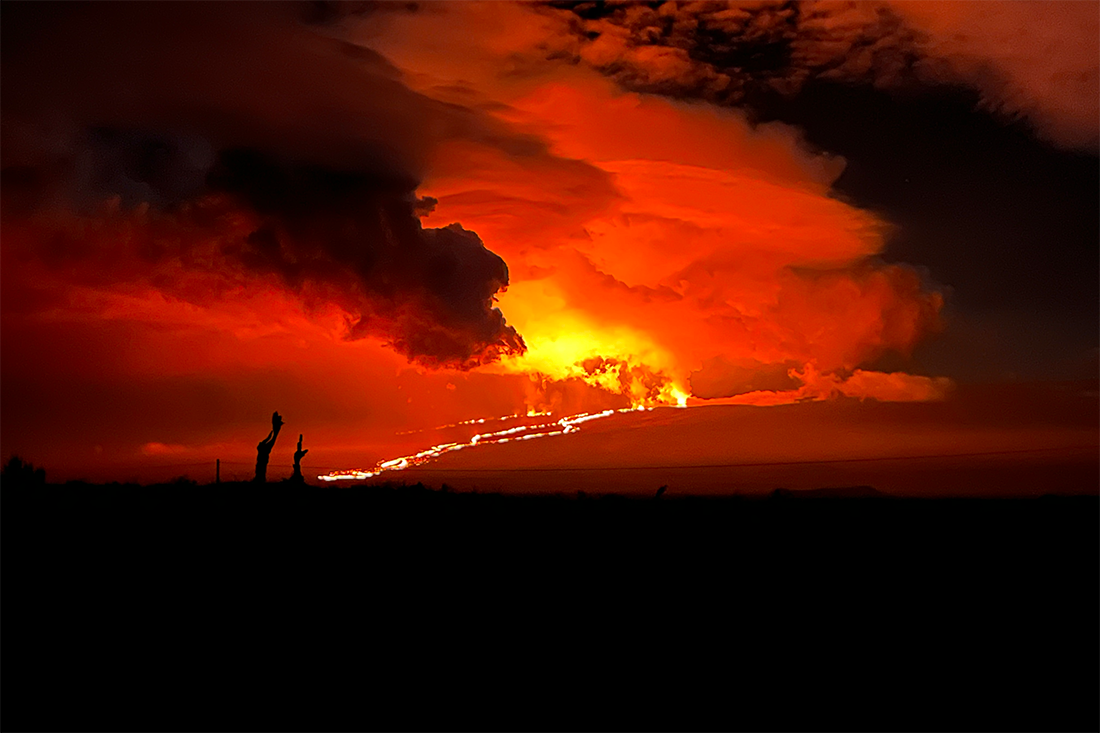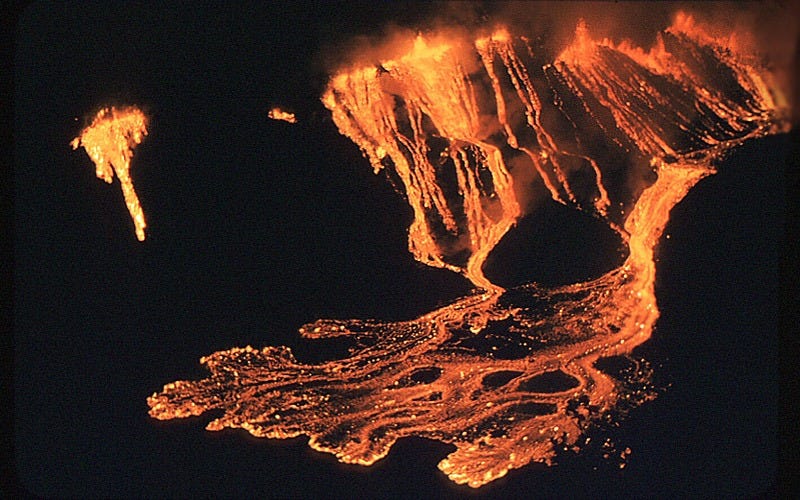As we enter winter and the darkest day of the year in the northern hemisphere, we also look forward to end-of-year celebrations. I was reared in the Christian tradition, and the dark sky with an occasional star elicits memories of singing about wise men following a celestial body to an unknown destination.
As an adult, I also celebrate the Winter Solstice, the shortest day and longest night. Cultures and religions across the globe and across the centuries acknowledge the dark as a time of rest and introspection and celebrate the return of the sunlight. In many cultures, it heralds the beginning of the planting of spring crops.
So even in the year 2022, celebrating the solstice is actually a very scientific thing to do for the seasons and days are dependent on the Earth’s tilt or obliquity, daily rotation, and orbit around the Sun.
The Sacred Nature of a Volcano
I’ve been watching the eruption of Mauna Loa for the last few weeks and, darn, it stopped erupting on December 10 just before I publish this newsletter.
An article by Simon Romero in the New York Times this past week A Rush to See Hawaii’s Eruption Reveals Social Fissures on the Big Island highlighted the conflicts and very different views of the eruption among various groups - the tourists who want a glimpse of the eruption, the military base, those who want the military gone, and land local businesses who profit from the tourist dollars - and most importantly, perhaps, the people who are native to Hawaii.
The National Park Service writes “Pele is the Hawaiian volcano deity, an elemental force, and the creator of these volcanic landscapes. According to tradition, she is embodied by the lava and natural forces associated with volcanic eruptions.” Romero says many Hawaiians see “eruptions, and the cycle of destruction and rebirth they bring, are an integral part of their history and beliefs.”
For me, volcanic eruptions are inspirational, part of Earth’s ‘letting off steam’, i.e. just doing what the Earth does. The Earth is still cooling from its formation billions of years ago and also generating heat from the radioactive decay of elements within the earth. From the point of view of a geoscientist, the process of what some people see as destruction is actually one of generation and growth, for new land is formed providing rich soils for agriculture, and the process simply reflects a dynamic, livable planet.
I was inspired by these lavas and natural forces associated with volcanic eruptions as an undergraduate music major taking my first geology course. I still remember watching the film of the 1959 Kilauea eruption, in awe of the magmatic process. (Yes, children, there was color film in the late 60s.) I became a petrologist studying how magmas form and what they tell us about the Earth’s workings.
Speaking of December and Lights
Dan Barstow, Education Mission Specialist with the Association of Space Explorers sent me a very cool website that is perfect for this month. I met Dan when we were building a program of Art and Science within the American Geophysical Union. Dan is the project director for a relatively new project Bach in Space. You can tour the Earth from a satellite accompanied by Bach’s organ music.
I highly recommend the Glory of Lights on Christmas Eve. Settle down with your family and imagine Santa riding along with his ear buds under that red hat, listening to Bach’s Sinfonia from Cantata 29.

What I’m reading
As I was thinking about this month’s theme of the Earth as a sacred object, I found Karen Armstrong’s book Sacred Nature: Restoring Our Ancient Bond with the Natural World, 2022. I’ve admired her writing for a couple of decades and tried, at one point, to use her book Amazing Grace as a model for my own book structure. I’m about a third of the way into it and appreciate her describing a time when nature was part of religion and a time when a reverence for the natural world was not at odds with logical thinking.
And something fun
This month’s installment of “What I Love about this Rock” is on one of December’s birthstones, the mineral zircon. I don’t really count Tanzanite as a December birthstone because, as it became commercially available, the jewelry trade just stuck it in December because it is blue. More on that another day.
More about Earth to Susan
I am writing a book about how people see the Earth in different ways. I will bring science, poetry, music, theology, literature, philosophy, history, geography, politics, and economics to these pages – all in relationship to Earth.
This fifth newsletter has brought you ways people look at the Earth through a spiritual lens. We’ve looked at Earth as Data, Environment, Commodity, Senses, and Sacred. Stay tuned for next month.
I believe that helping people understand that we all see the Earth in different ways will open conversations to help find solutions for the many issues facing the planet we call home.
I plan on one newsletter per month, and I hope you will continue to read this and share with your friends! It’s free.
Until next year,
Susan








You are an excellent writer. I love your blog, many thanks